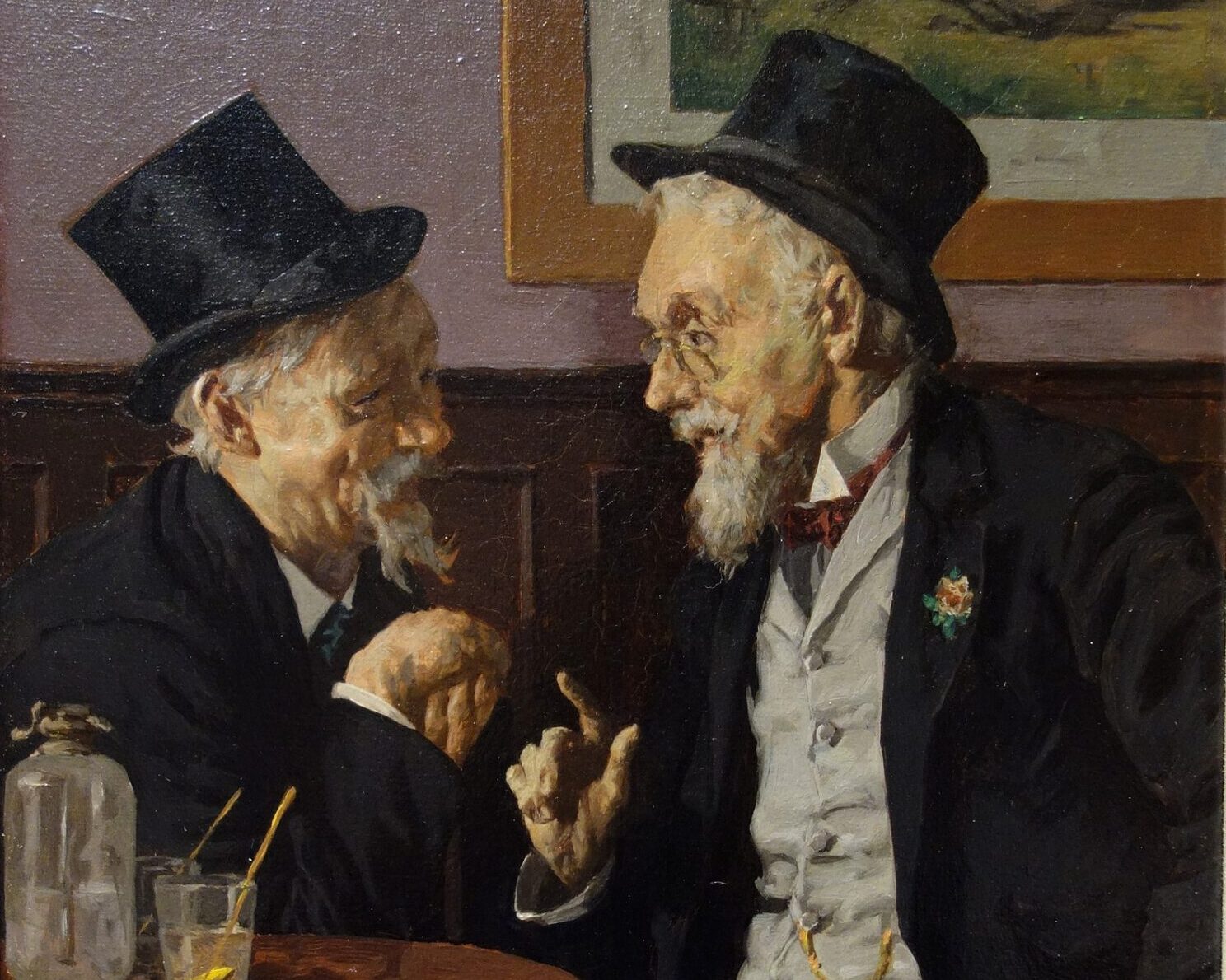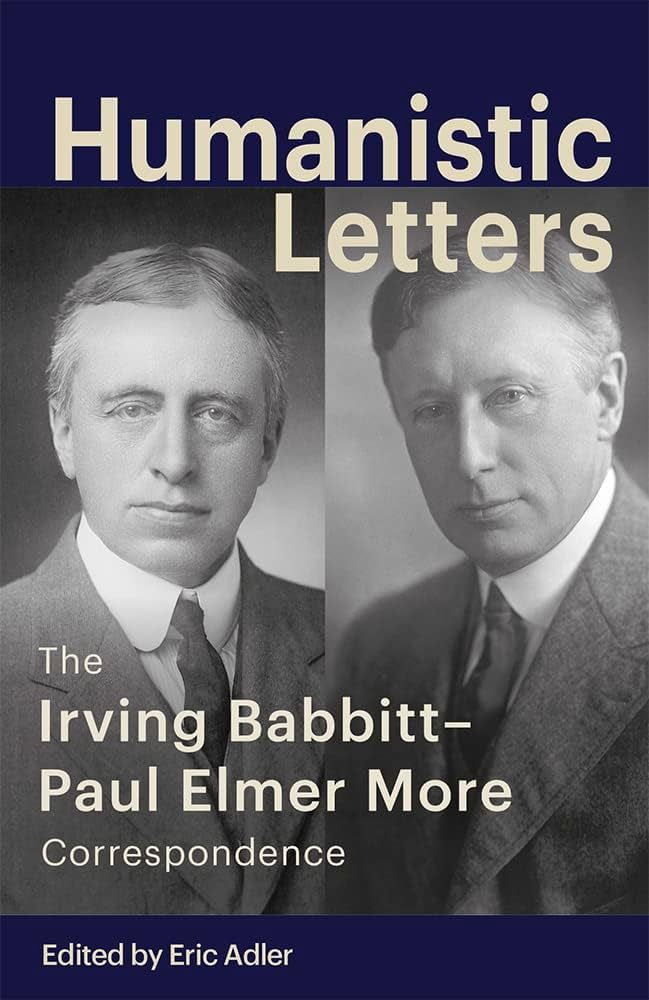As times and technology change, we get gains and losses. I’d say overall the gains have outpaced the losses, but that doesn’t make the losses any less real. Most of us are pleased that we have cars, air conditioning, refrigeration, and antibiotics. Technology, though, also causes dislocation. Socrates famously fretted that the advent of writing would weaken our capacity for memorization. Technological advances often eliminate whole lines of work. The printing press lessoned the need for scribes. The Luddites protested the replacement of cottage industries by inventions like the spinning jenny. ATMs and auto-checkout reduce the need for bank tellers and store cashiers and depersonalize our lives just a little bit more. Mass industrialization has eroded such formerly commonplace skills such as carpentry, sewing, gardening, and metal smithing, while, admittedly, making the products of those skills much more affordable.
Many people bemoan the loss of cursive handwriting, a result both of educational laziness and the ubiquity of the keyboard. The fact that computers and smart phones are nearly global in modern life has eroded another artform, that of letter writing. Those of us of a certain age might remember receiving as part of our schooling lessons on how to write a business letter versus a personal letter and how to address an envelope. You learned such things as how to write an inside address and how to choose a proper salutation and complimentary close. This was necessary knowledge as writing to and receiving letters from friends, family, and professional associates was a regular part of life for centuries.
For scholars, letter writing has often been a great boon. Historians, political scientists, and students of literature often pore through letters of major figures to gain better insight into inner thoughts of the world’s greatest figures. Often we will look to letters of common folk to ascertain the popular opinion of a given day. What a loss, then, that our day of email and text messaging, disposable means of written communication, drowns this kind of record in a sea of terse and trivial exchanges.
This is why Eric Adler’s edited volume, Humanistic Letters: The Irving Babbitt-Paul Elmer More Correspondence, is such a delightful read. Irving Babbitt, scholar and literary critic who taught at Harvard, and More, editor and scholar who was affiliated with Princeton for many years, were friends who between the two of them were the leading lights of the New Humanism movement of the early twentieth century. Adler considered Irving Babbitt’s educational vision in his book Battle of the Classics, which I positively reviewed in these pages. Babbitt and More advocated the study of the humanities as a tool for the shaping of human souls toward virtue, helping confront what Babbitt characterized as the “civil war of the cave” that occurs in every human heart. Babbitt and More’s roughly forty-year friendship produced scores of letters that take the reader from the late nineteenth century into the 1930s.
Anyone interested in academic life and intellectual discourse will enjoy these letters. One is flabbergasted at the breadth of literary and historical knowledge possessed by these two learned men. They pepper their letters with French, Latin, and Greek phrases. They regularly drop references to Plato, John Chrysostom, Shakespeare, Rousseau, Nietzsche, and more. The most prominent topic in the letters is the current writing project of each man. There does not seem to be a time in the four decades covered by the letters that either man was not working on some serious scholarly or literary project.
As addressed in Adler’s excellent introduction and alluded to often in the letters, More and especially Babbitt intellectually dueled with the dual threats of what Babbitt termed “scientific naturalism” and “sentimental naturalism,” the first exemplified by Francis Bacon, the latter by Jean-Jaques Rousseau. The Baconians believed in gaining power over the natural world, while the Rousseauean romantics naively assumed the natural goodness of man, blaming society for any pathologies. Whether because of a desire for power or the belief in innate goodness, neither naturalism saw education as important to combatting the civil war in every soul. While many in Babbitt’s and More’s time believed, in Adler’s words, “education’s goals were service and power; to the humanist, by contrast, they were wisdom and character.” It should give one pause to consider the possibility that today’s academy is an unholy alliance of both scientific and sentimental naturalism with its twin goals of producing mountains of research (much of it trivial) and political activism. Cultivating thoughtful wisdom takes a backseat.
One of Babbitt’s contributions to philosophy of education, as developed extensively by Adler in Battle of the Classics, is his belief that, as Adler puts it in this book’s introduction, “Eastern sages such as Confucius and Buddha supply lessons about the cardinal necessity of an inner check that parallel the insights discoverable in Aristotle’s Nicomachean Ethics and Christian theology.” One cannot help but think of C.S. Lewis’s Abolition of Man where he draws from various sources, including Confucius, to show that certain principles of what Lewis calls the Tao, or natural law, appear in a wide variety of traditions. We know from the timeline provided by Adler that late in his life More met Lewis at Oxford. Did this lead Lewis to Babbitt’s writings and a greater appreciation of Eastern wisdom?
Those familiar with academic life will find grim solace in the familiar travails of Babbitt and More. Babbitt complains of a colleague attaining full professorship (long denied Babbitt) despite shaky credentials. The colleague benefitted from adopting the latest academic fad. Both Babbitt and More find the quality of their students “discouraging” as they go through their career. In one of the collection’s more humorous moments, Babbitt writes, “Nickerson came down with grip[pe] which settled in his head so that he had to be confined for several months to a sanatorium. He is distinctly unbalanced. I fear he may be planning to take one of my courses this year.” What faculty member hasn’t experienced a similar fear?
Speaking to the contemporary academy, the two thinkers lament the emphasis on scholarly specialization. Babbitt complains that a particular journal has become “too special.” Babbitt, and especially More, who edited various learned periodicals aimed at the educated public, seem interested in not just speaking to other scholars but also reaching a broader public and having some influence on the day’s popular discourse. Today’s academic writing is itself typically “too special,” written for journals few read and of little to no influence outside that narrow readership. Most academic writing comes into being for the sake of travel money and has as its end not wisdom or readership but tenure and promotion.
Babbitt and More were united in opposing the reduction of literary studies to the technical practice of philology and grammar. Again, they anticipate a trend that has become commonplace in American higher education. My institution is not unique in requiring no literature of our students while demanding they take two composition classes. This is what our literature professors spend most of their time doing: correcting stacks of student essays. The assumption is that the technical skill of writing (which apparently can be taught absent any serious reading) is more important than formation of fully human beings. The delusion that promotes skills over content knowledge, cultural literacy, and wisdom continues apace.
There are some shortcomings to the collection of writings. For one thing, the subject matter of the letters does tend to dwell on academic figures and events of the early 1900s. It’s a little bit like if one hundred years from now someone published a book of letters between Steven Pinker and Jonathon Haidt telling tales about the likes of Michael Sandel, Ibram Kendi, Patrick Deneen, Jordan Peterson, Slavoj Zizek, Judith Butler, and Stephen Greenblat. It’s likely that a century from now most if not all of these now seemingly important scholars and intellectuals will be obscure and their writings and debates largely immaterial to immediate concerns. It must be said that More and Babbitt do not engage with grand theories much in their letters. This is likely because they tended to do so in person and letters were seen as a means of updating each other on daily activities, not a medium for developing ideas. While they note what they and others are working on, the content of that work is largely alluded to rather than explained. An exception to this is later in life as More’s growing Christian sensibilities gained influence over his thought; he and Babbitt debated in letters the extent to which an explicit religious perspective was necessary to a sound humanism.
The Babbitt and More letters are also odd that in that if all you knew about 1895-1935 was from these letters, you would learn virtually nothing about the events of the world. Babbitt and More manage to write dozens of letters during World War One, The Great War, almost without mentioning the hostilities. There is a reference to troop movements upsetting train schedules, but that is about it. There are two offhand references to Theodore Roosevelt but no mention of motion pictures, Woodrow Wilson, Babe Ruth, Sigmund Freud, jazz, the stock market crash, Franklin Roosevelt, or the rise of Italian fascism. Major novelists of the age such as Henry James, Booth Tarkington, Willa Cather, Ernest Hemmingway, or Sinclair Lewis are largely ignored. At one point More mentions that he’s purchased an automobile and is learning to drive. This is about as close as either man gets to even referring to the rather spectacular change through which they lived. The letters are strangely abstracted from history.
That said, one cannot help but be engaged by these clearly wise, literate, and articulate men. Even absent the content of the letters, the experience of entering into people’s lives through their correspondence makes for compelling reading. Further, we do get a window into the lives of great literary men.
I don’t wish to detract from the letters when I say that the highlight of the book is Adler’s introduction. I have seldom read a better introduction to a book of this type. In about fifty pages Adler gives a brief biography of both Babbitt and More, explicates their basic philosophies, puts their ideas into historical context, and considers both legitimate and illegitimate criticisms of their thought. In addition, precisely because many of the literary and academic figures discussed by Babbitt and More are now a bit obscure, Adler provides a “Biographical Register” as an appendix giving a brief biography of the major figures discussed by the letters, including family members who get frequent mention. This register is exceedingly helpful.
Such a book has as an immediate purpose to introduce readers to the correspondence and world of two literary giants. Another purpose is to whet the appetite for more. One cannot read the Babbitt and More letters without wanting to delve deeper into their world and the conversation about wisdom and education they carry on. In this way, Humanistic Letters is a grand success.
Image Credit: Louis Moeller (1855-1930)






1 comment
Timothy Wolter
Jon Schaff, says that the highlight of Adler’s book is the introduction. I would say the same about this review. It is a very good review with an excellent introduction.
Comments are closed.